Why the Baobab is Tanzania’s “Tree of Life”
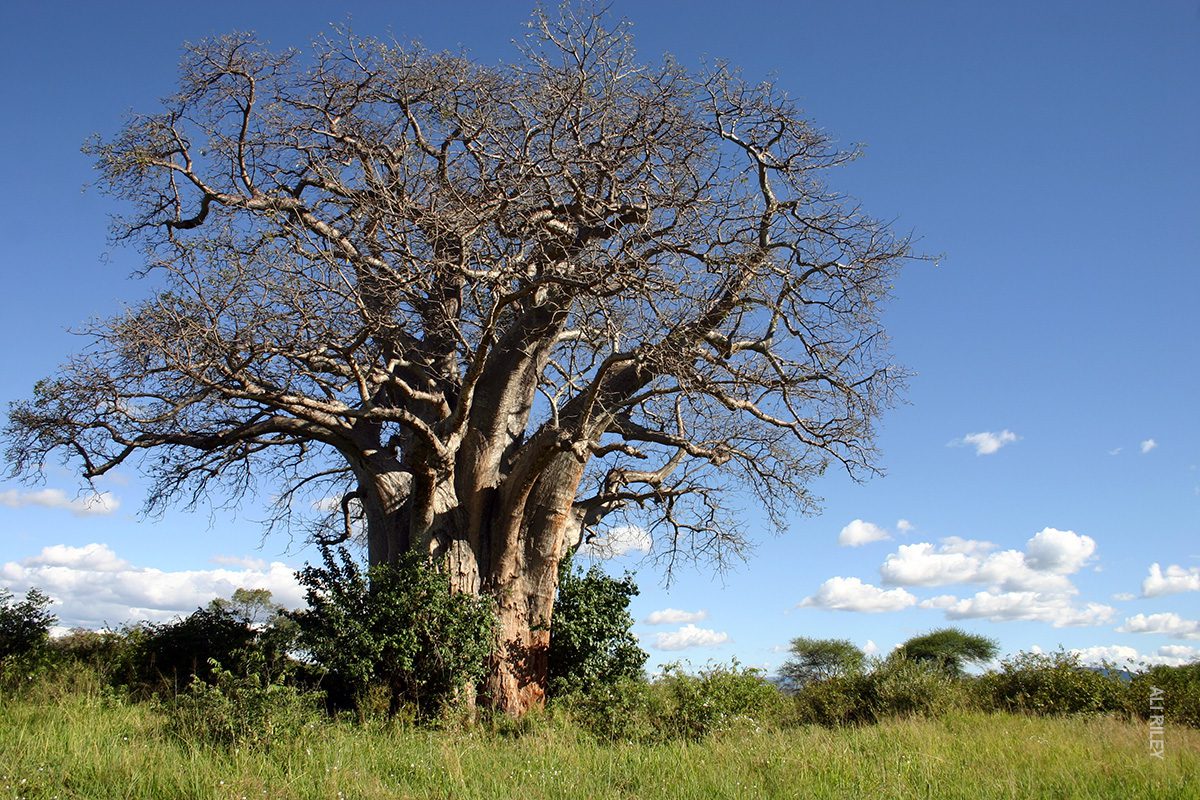
Baobab trees play a huge role in Tanzanian iconography: these behemoths loom over the bush with high, writhing limbs and bulbous, columnal trunks. Boasting over 300 applications by humans and wildlife, no other tree in the world does as much to sustain life as the baobab.
So, what makes this tree so special?
Baobab Fast Facts
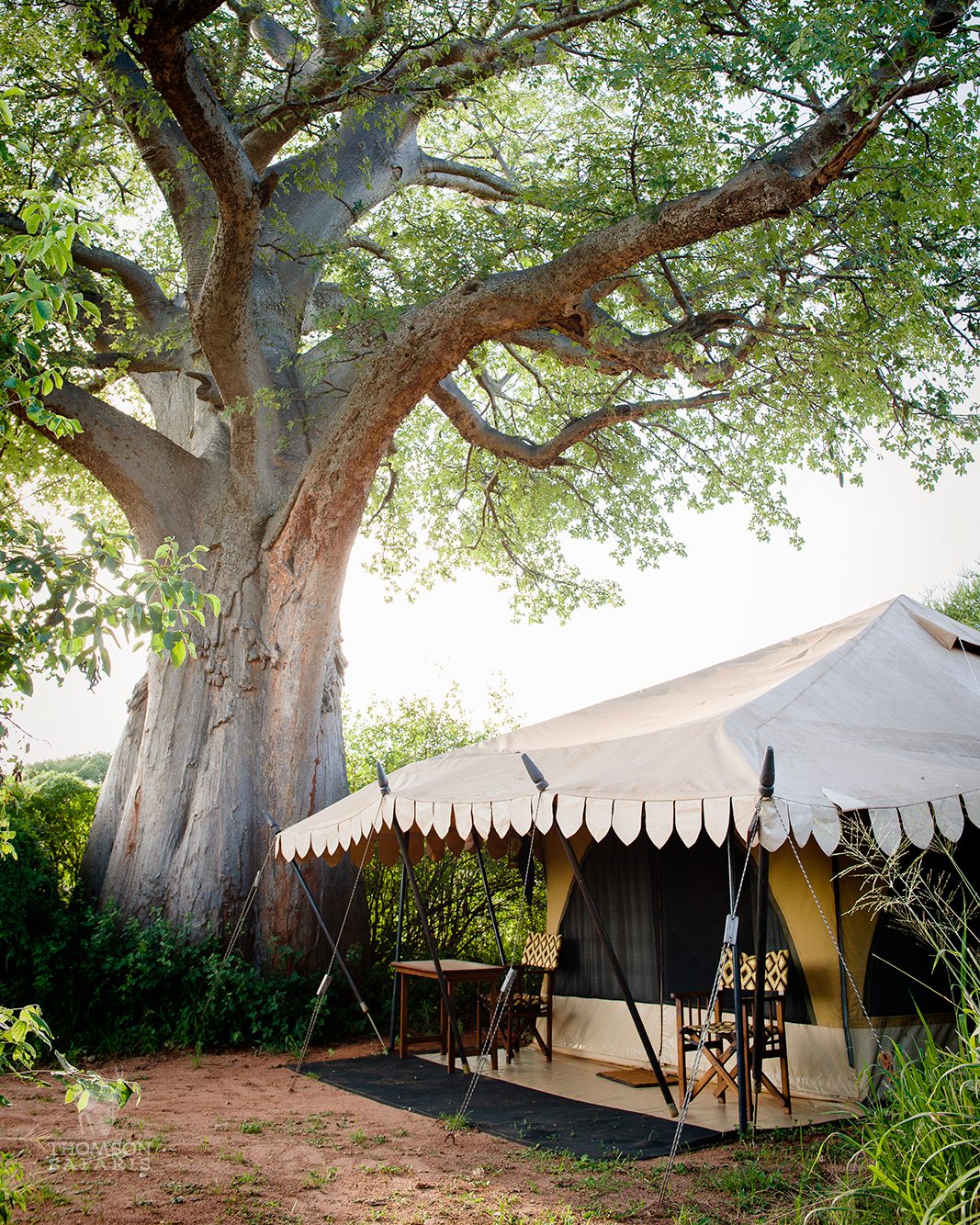 Thomson Tarangire Nyumba Camp
Thomson Tarangire Nyumba Camp
- Baobabs are among the largest trees in the world and often live to well over 1,500 years old.
- Baobabs grow between 16-82 feet in height and can reach a diameter of 33-46 feet, though the size varies greatly between regions; they shrink and expand depending on the amount of water stored in its trunk.
- Baobabs are often referred to as “upside-down trees” due to the root-like appearance of their branches.
Will I See a Baobab on Safari?
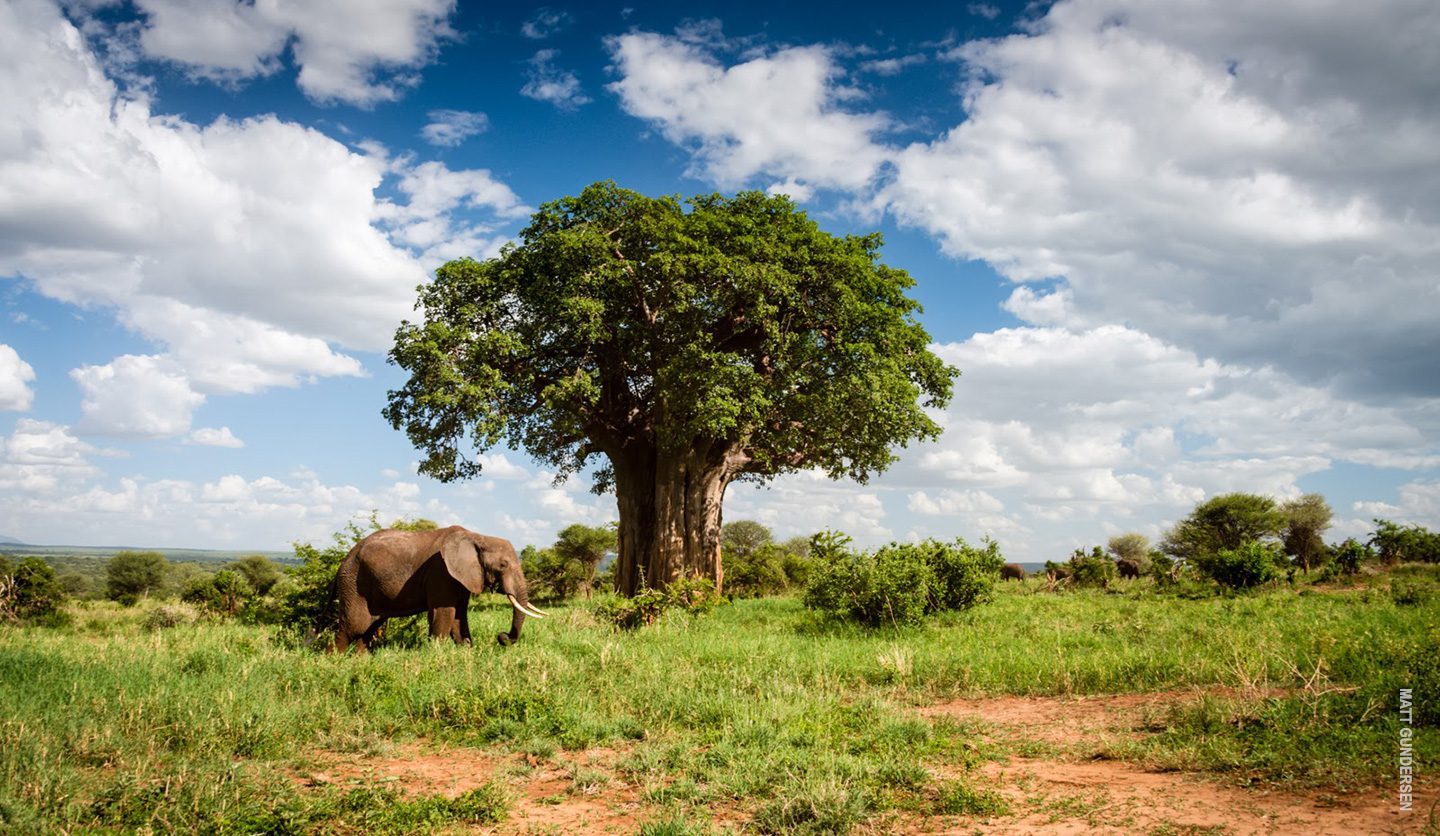
Yes! Baobabs are found in all national parks in Tanzania. They are especially present in Tarangire National Park, unofficially known as the “Baobab Capital of the World.” The baobabs in Tanzania belong to the species adansonia digitata and are the largest of all baobab varieties.
Why the Baobab is the “Tree of Life”

These trees play a key role in their ecosystem, providing important resources for both wildlife and human uses. They can store up to 1,189 U.S. gallons of water in their trunks to survive tough drought conditions–up to 80% of its trunk may be made up of water! Humans can use these trees as valuable sources of water when rain is scarce.
In fact, humans use practically every part of the tree:
- Bark for fire-resistant clothing and rope
- Leaves are cooked and eaten like spinach, or in condiments and traditional medicine
- Pulp from the bark for paper, clothing, grain sacks and fishing line
- Sap for glue, rubber and soap
- Fruit is rich in Vitamin C
- Sprout of a young tree can be eaten like asparagus
- Seed oil is used as moisturizer
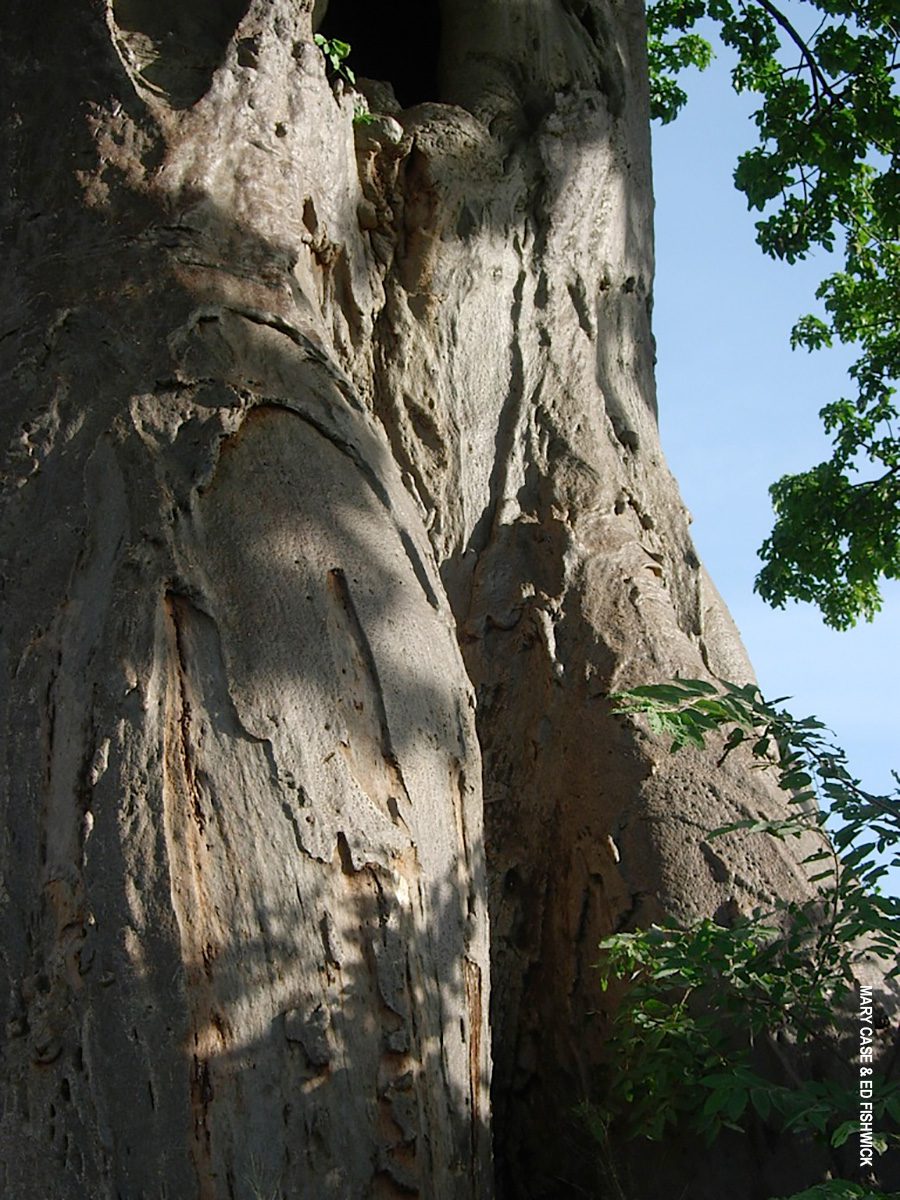 Detail of baobab trunk
Detail of baobab trunk
Humans aren’t the only ones! Tanzania’s other giant, the elephant, munch on the baobab’s bark, which is spongy and full of water. Bushbabies, monkeys, and warthogs like to snack on the tree’s fruit and seedpods.
Flowers & Fruits
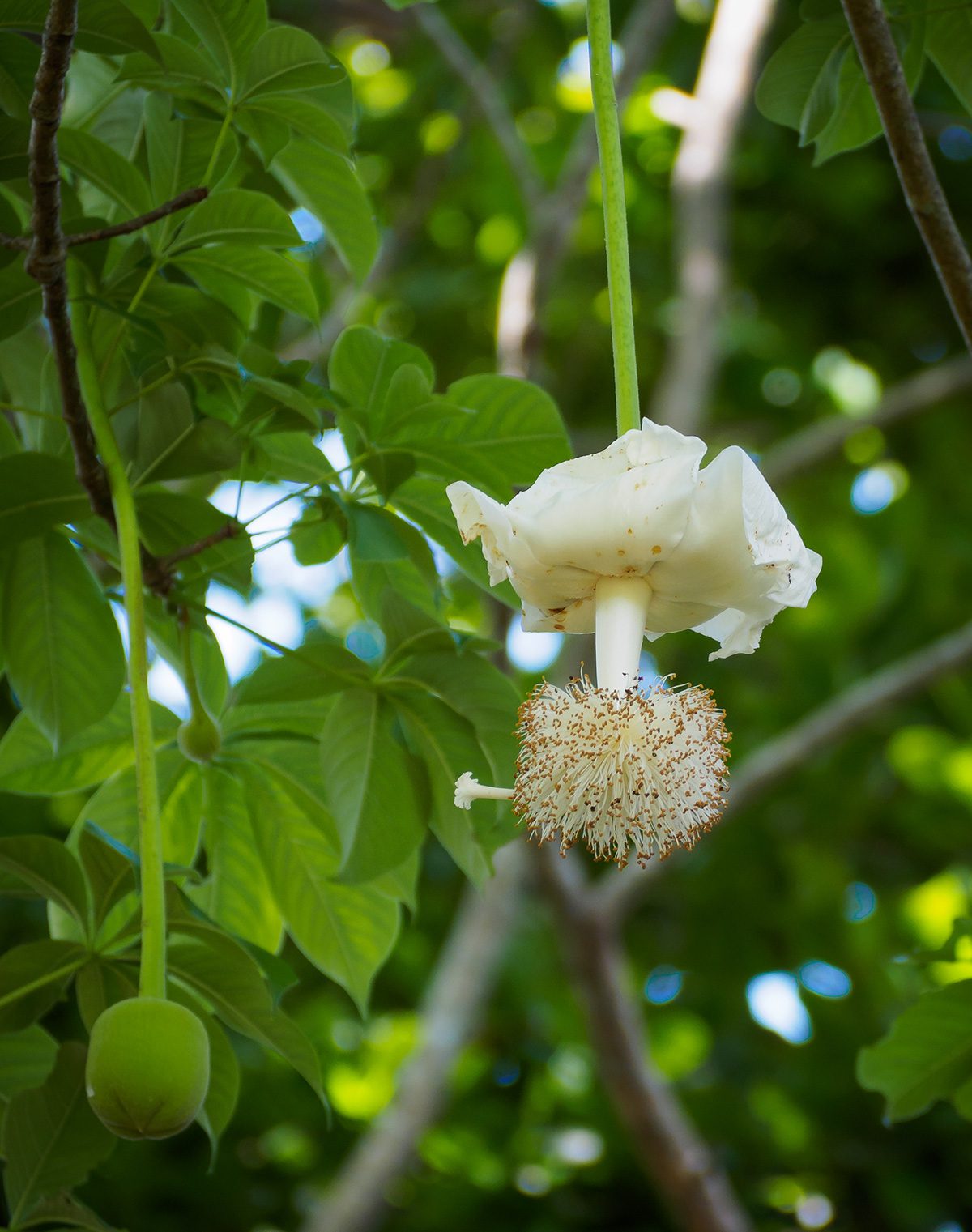
At about 20 years old, baobabs begin to produce large and heavy white flowers. They open during the later afternoon and stay open for one night only, emitting a strong odor that attracts fruit bats and various insects.
The baobab is the only tree in the world with fruit that dries naturally on the branch. For six months these large, egg-shaped capsules hang on the branches, baking in the hot sun until its green coating hardens into a fuzzy coconut-like shell. The fruit only needs to be de-seeded and sieved for human consumption!
A Legendary Background
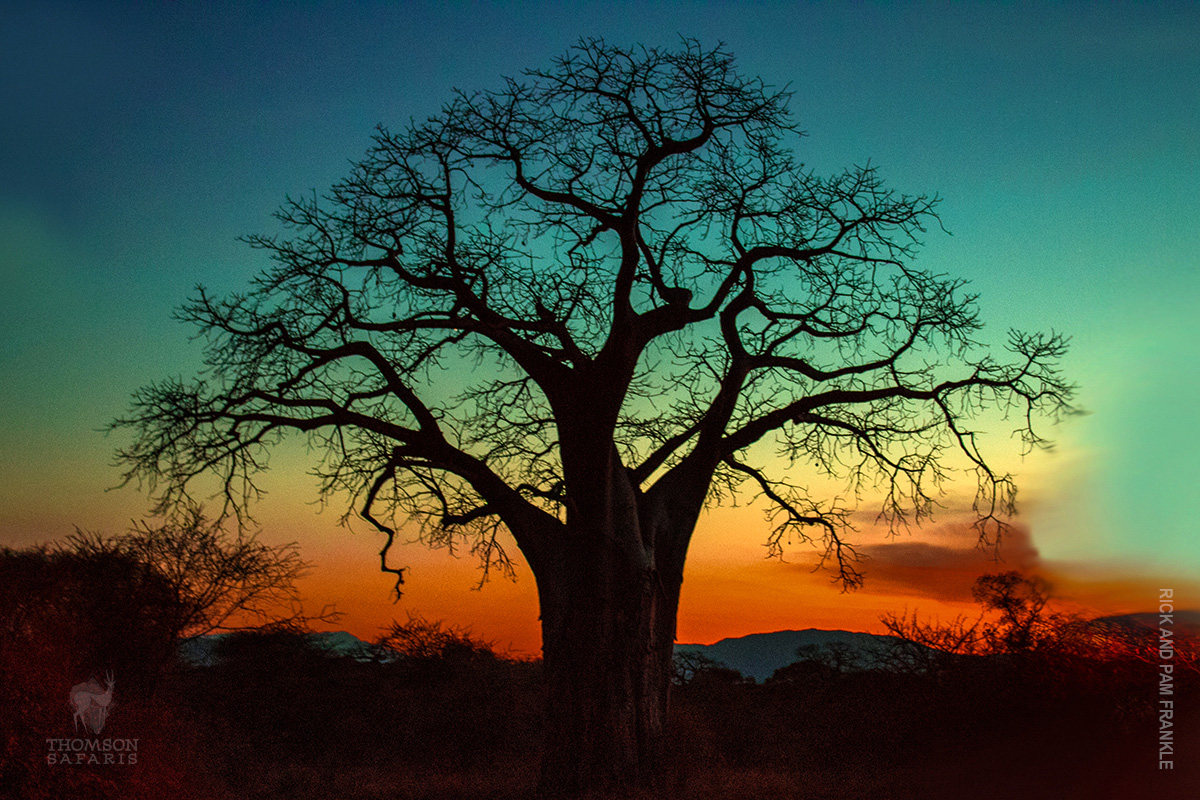
Because of their vital role in the Tanzanian ecosystem, baobabs have played a significant role in the cultural history of the Tanzanian people. When you’re on safari, you may want to ask your guide about stories and traditions regarding the tree. All Thomson Safaris guides are Tanzanian-born and are well-aware of cultural customs, norms and heritage in the areas where they operate.

